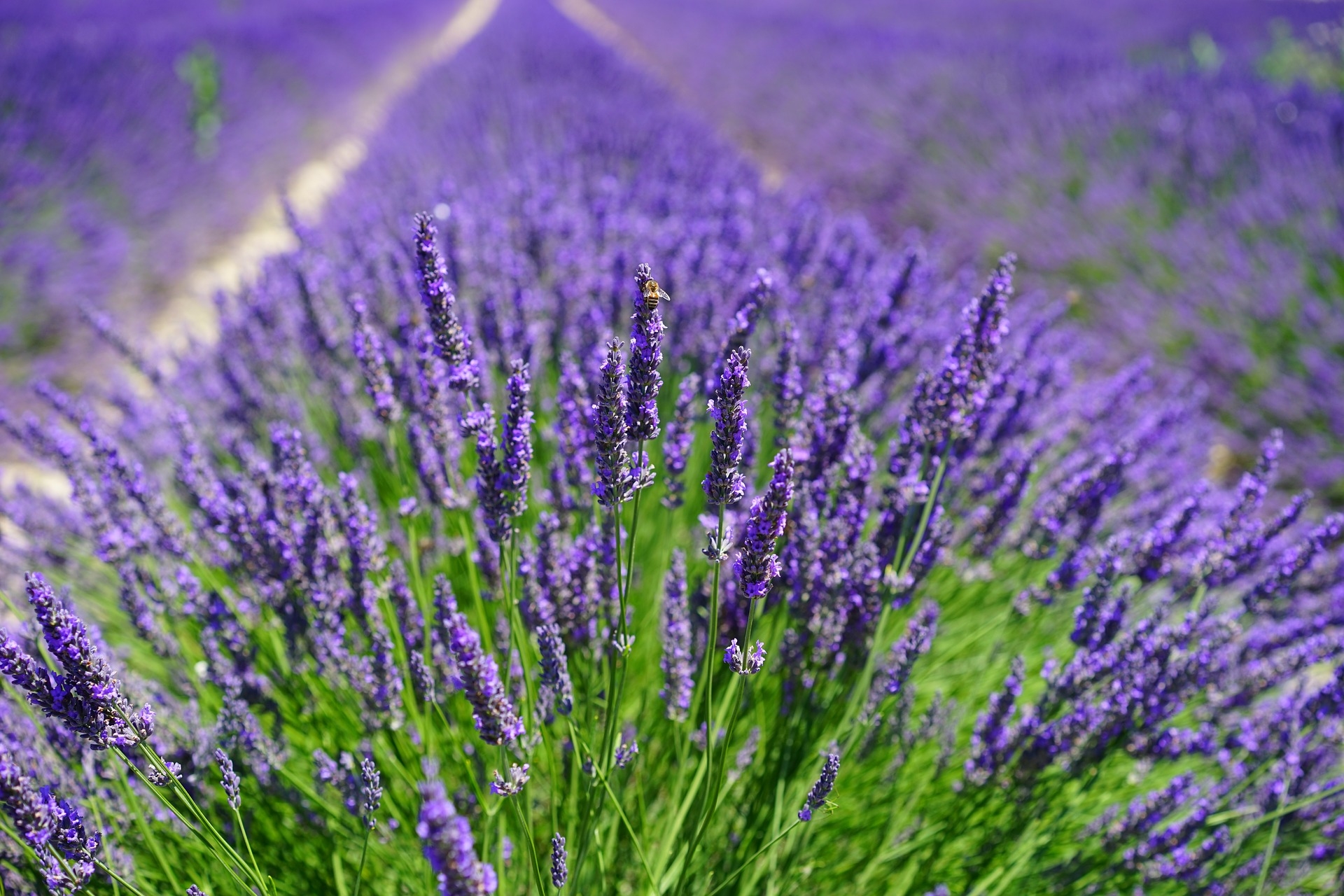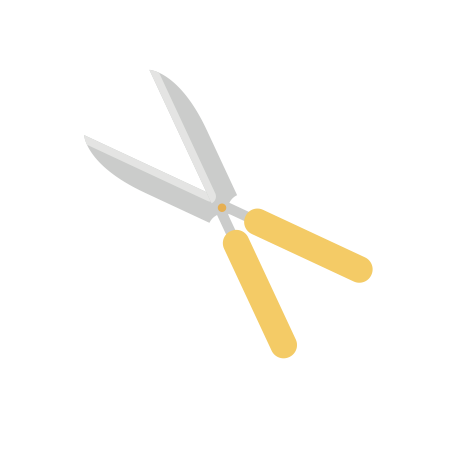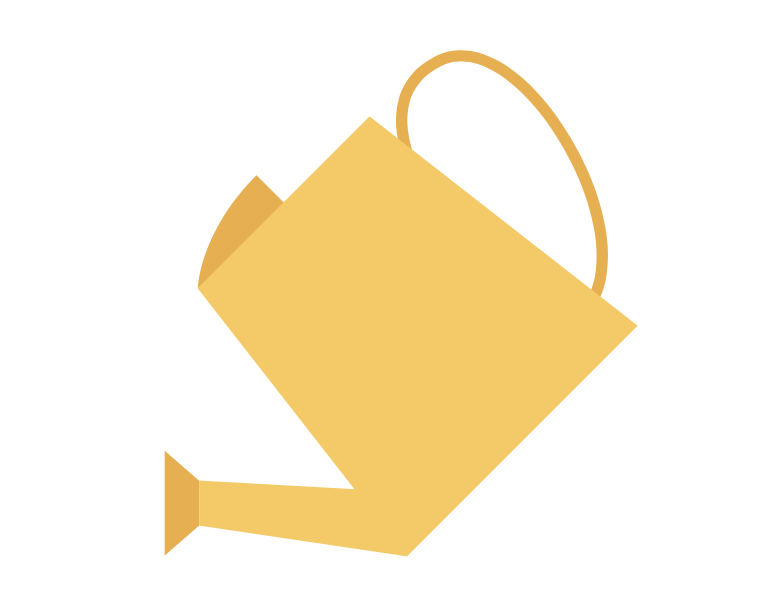Lavender
Lavender smells wonderful, attracts pollinators, can grow almost everywhere, and is easy to maintain.
VarietiEs
English lavender, Provence lavender, French lavender (not typically used for cooking)
WHERE LAVENDER THRIVES
Regional compatibility
Lavender is very hardy and weathers well. While it does best in a moderate climates with light rainfall, lavender also does fine in rainy, cold regions.
Optimal shade & sun
Lavender requires full exposure to sunshine. Lavender loves to be planted in protected, warm south facing location out of winds harm.
RESILIENCE
Adaptability to climate extremes
Lavender adapts exceptionally well to hot, dry extremes. It also fares well in cold weather. If you're growing it in damp, wet conditions take care to keep the soil well-drained so it stays healthy.
drought resistance
Native to the Middle East and Mediterranean, lavender is certainly drought resistant. In fact, it’s one of the plants most used in drought-tolerant landscaping. However, it does require regular watering while it is first getting established in the garden.
PREP YOUR SOIL
Optimal type of soil
Lavender grows best in well-drained, gravelly soil that's neither dry nor heavily fertilized. If you have clay-like soil, mix gravel in a 1:1 ratio with native soil. The pH balance should fall between 6.5 and 8.3 soil so add lime to buffer acidic soils
PLANTING
Gardeners typically start growing lavender from seed or cuttings indoors. Plant seeds 1/8th of an inch deep and cover lightly with soil. Seeds need light to sprout so be careful not to cover them completely. Lavender seeds take a very long time to sprout so start 8-10 weeks before your first frost. Move your seedlings outside after the danger of frost has passed. Direct seeding in the spring is not recommended because the slow growing seeds are easily overcome by weeds. The easiest way to grow lavender is from cuttings. Place a two-to-three inch cutting in a pot with moist soil and put it in a sunny location. Once roots begin to form you can move the pot outside. After the cutting reaches 9-12 inches in height, transfer it into the ground. Store-bought plants can be planted outside anytime between spring and fall.
Best time of year to plant
The best time to plant this easygoing plant is pretty much anytime from spring through fall.
Companion plants
Lavender pairs well with all varieties of vegetables because it deters deers and slugs.
Growing
Lavender can grow to be about three feet tall. To prune it, cut back about one-third of the plant and remove any faded flowers. It takes about three months for lavender cuttings to grow to the point when they can be harvested and up to six months when grown from seeds.
WaterinG
Lavender requires very little moisture to thrive. Allow the plant to dry out between waterings.
Mulching
Mulching helps keep weeds to a minimum. Avoid using hardwood mulches because they hold too much water. Use stone or shell mulches to increase drainage and prevent root diseases.
Fertilizing
No need to fertilize. By not fertilizing you'll produce lavender with the best fragrance and taste.
Weeding
Lavender is a robust plant. Weeds shouldn’t be a problem once plants are established.
CHALLENGES
pests
Attracts both aphids and aphids’ predator, the flower fly. No major pest concerns here.
Diseases
Root rot, caused by overly damp roots and soil. This can be avoided by planting lavender in well-drained soils and by not overwatering.
Particular growing challenges
No particular growing challenges. Lavender is a champ. However, be aware that lavender attracts bees. This is great for lavender and your entire garden but not so good if you have small children or a bee allergy.
HARVEST
Harvest the beautiful purple flowers as needed. Your lavender will smell best if you cut off the flowers on a warm sunny day just before they open.
Preserve
Hang bunches of cut flowers upside down to dry. For the best aroma and color keep bunches out of direct sunlight.
STORE
Lavender is best stored by drying it, which takes about 2 weeks. Fresh cut lavender can be placed in containers around your home as a natural potpourri. Do not put fresh cut flowers in water to avoid smelly and mushy stems.
ENJOY
Lavender Roasted Potatoes from Boulder Localvore
Honey Lavender Ice Cream from Martha Stewart
Peach Lavender Jam from Love and Olive Oil






